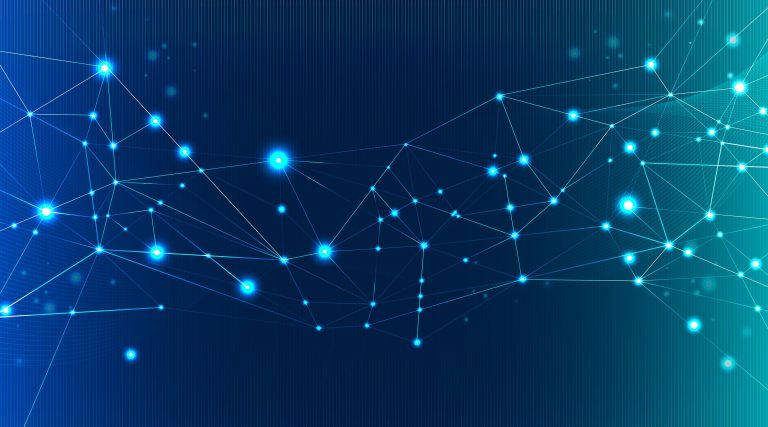
In today’s uncertain and increasingly hostile climate, even though we are faced with a crisis in trust and have ample examples of leaders who have eroded their employees’, customers’ and shareholders’ trust, the majority of leaders remain expected to walk the path of trustworthiness. In fact, it can be harrowing thus damaging for many leaders if they receive feedback that the world doesn’t find them trustworthy. Organisations typically spend considerable energy and effort in team building initiatives, including workshops, retreats, and adventure type experiences. While all of these have their place, if organisations want to increase collaboration and enhance teamwork, they need to start with trust.
A few words of wisdom. Be known as a truth teller in your organisation, as much as this is hard to do, don’t try to lead remotely only or through email. Are the corporate narratives transmitted consistent or do they vary depending on the audience you are speaking to? To successfully implement a digital transformation program requires building trust into the process, in order to remove uncertainty and encourage commitment. This involves deeply understanding customer and unmet needs from the outset, so that everyone is aligned to the purpose of the project. Then, changing mindsets and behaviours and aligning everyone to the purpose. One of the most difficult steps, that is often forgotten about, but critical to underpinning success. Without it, people will not collaborate at the right level and communication will be unclear.
Organisational innovation and sustainability depend on a positive relationship between employee trust and transformational leadership, as well as all related stakeholders. And by solving this issue of trust, they will not only be able to move to a more remote model, but gain the confidence they need to push ahead with digital transformation projects. Lack of trust creates fear, defensiveness, and rigidity. By contrast, trust enables openness, fluidity, and a willingness to take risks. All transformations, whether of countries, communities, or companies, require such living examples of trust.
Foundational work needs to be undertaken first with leaders to identify, define and action the leadership behaviours that enable employees to feel safe when working differently. These signature behaviours need to be come consistent practices that lead to a model of mutual trust. It takes two to tango. Meaning what leaders expect and what employees should expect from them should synchronise. Let us remind ourselves again that trust is power: it’s the power to inspire and influence.




